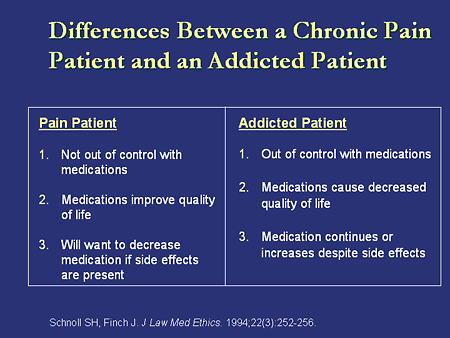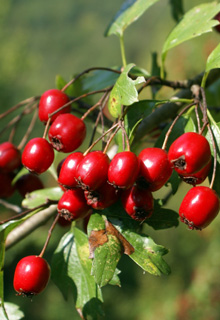Crataegus laevigata, C. oxyacantha
Hawthorne is a flowering shrub that is part of the Rosaceae, or rose, family. It is native to northern Europe, but now grows throughout the world. The red berry-like fruit of this spiny plant is sometimes called "haw," and has been used for both medicinal and culinary purposes. Hawthorn berry was included in the U.S. Pharmacopeia until the 1930s. The leaves are edible as well.
Used for:
The berries have been used in traditional medicine since the first century, and contain phytonutrients called anthocyanidins and proanthocyanidins, antioxidants that have a variety of therapeutic effects including strengthening the walls of blood vessels. Extracts of hawthorn berries, leaves and blossoms also contain compounds that have a tonifying effect on the heart and vascular system. Hawthorn has been studied for its use in treating health concerns related to the heart and blood vessels. This includes congestive heart failure, irregular heartbeat, chest pain, low and high blood pressure, angina, atherosclerosis, and high cholesterol. A meta-analysis based on data from 14 studies concluded that a hawthorn extract offers "significant benefit" as an adjunct to conventional treatment of chronic heart failure. Specifically, symptoms including shortness of breath and fatigue were significantly alleviated, compared to placebo treatment.
Hawthorn has also been used for digestive and kidney problems, including indigestion and diarrhea, and to address anxiety. Topically, hawthorn may be applied to sores, ulcers, boils frostbite and to alleviate itching. However, there is insufficient evidence regarding its effectiveness for these uses.
Available in:
Liquid extracts, capsules and tablets.
Herb / drug interactions:
Before taking hawthorn, talk with your healthcare professional, as it potentially can significantly interact with several prescription medications. Hawthorn may affect blood pressure, and should not be taken with medications for high blood pressure, including beta-blockers and calcium channel blockers, medications for "male enhancement" (many of which are based on blood vessel dilation and increasing blood flow), and medications that increase blood flow to the heart. Additionally, people taking digoxin should not take hawthorn.
When buying: Products available in the United States include hawthorn leaves, flowers and berries, sometimes in combination. Look for an extract of the leaves and flowers standardized to its content of flavonoids (approximately two percent) or oligomeric procyanidins (18-20 percent).
Dosage:Most studies used doses ranging from 500 to 1,500 mg a day. Hawthorn berry extracts can be taken indefinitely.






.jpg)
